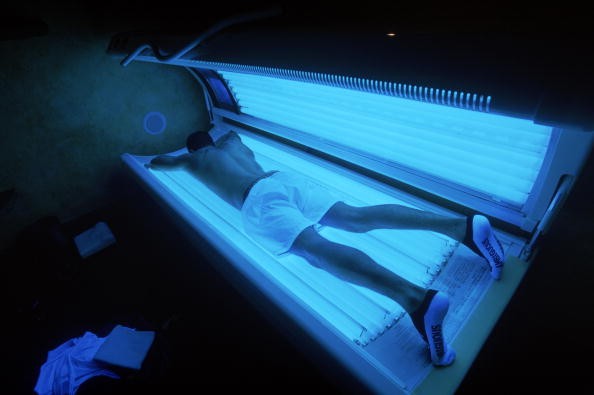
Health experts have been saying for decades that using a tanning salon or tanning bed can lead to skin cancer. There is strong evidence that tanning of any kind, either lying out in the sun or indoors is linked to a greatly increased risk of skin cancer.
But there are more immediate dangers to indoor tanning. Each year, an average of 3,200 people end up in the emergency room for reasons related to indoor tanning, according to a report in JAMA Internal Medicine. These reasons include burns to the skin, fainting, and eye injuries. The most common injury-80% of ER visits--is severe skin burns. Ten percent of visits were because of fainting and 6% were due to eye injuries.
Many of these injuries put a person in greater risk of long-term damage. Burns to the skin from ultraviolet light create an increased risk of skin cancer. Burns to the eyes increase your risk of developing cataracts.
Tanning injuries were most common for young white women. More than 35% of injuries were to people between the ages of 18 and 24.
The incidence of injuries due to indoor tanning has been going down in recent years, declining by about 70% from 2003 to 2012. This may mean that fewer people are using indoor tanning or that those who do are paying attention to the safety notices on the tanning beds.
Tanning beds account for as many as 400,000 cases of skin cancer in the United States each year, including 6,000 cases of melanoma, the deadliest form of skin cancer.
A tanning bed emits high levels of ultraviolet radiation, which is a known carcinogen. The U.S. Food and Drug Administration requires that signs at tanning salons clearly list all the potential hazards of using a tanning bed and the long-term risks.



